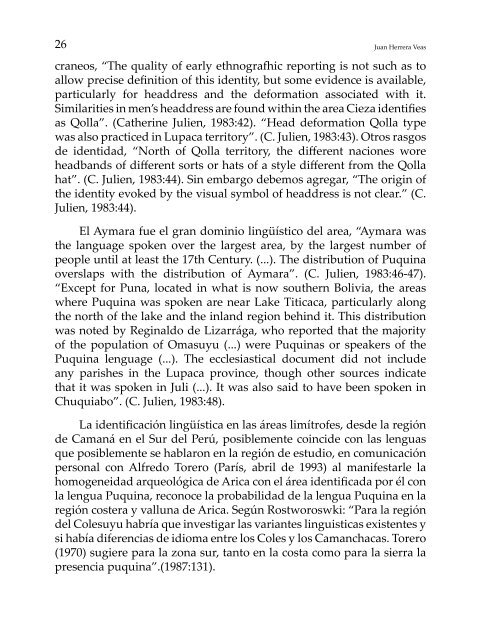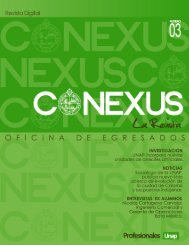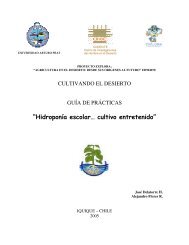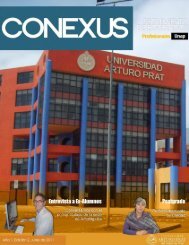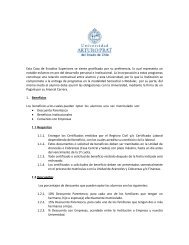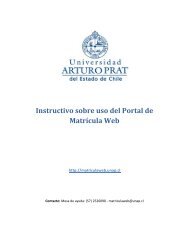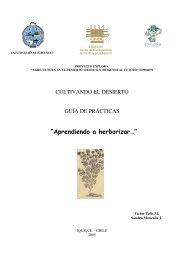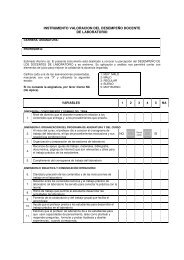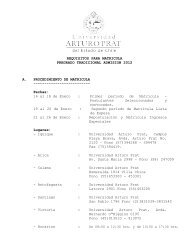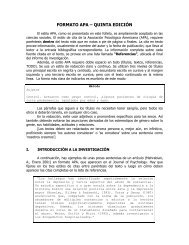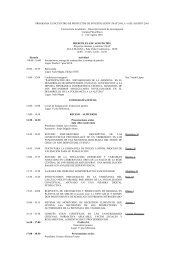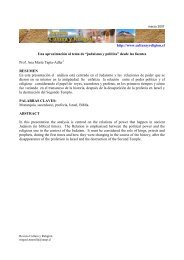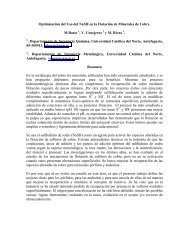Create successful ePaper yourself
Turn your PDF publications into a flip-book with our unique Google optimized e-Paper software.
26 Juan Herrera Veas<br />
craneos, “The quality of early ethnograic reporting is not such as to<br />
allow precise <strong>de</strong>finition of this i<strong>de</strong>ntity, but some evi<strong>de</strong>nce is available,<br />
particularly for headdress and the <strong>de</strong>formation associated with it.<br />
Similarities in men’s headdress are found within the area Cieza i<strong>de</strong>ntifies<br />
as Qolla”. (Catherine Julien, 1983:42). “Head <strong>de</strong>formation Qolla type<br />
was also practiced in Lupaca territory”. (C. Julien, 1983:43). Otros rasgos<br />
<strong>de</strong> i<strong>de</strong>ntidad, “North of Qolla territory, the different naciones wore<br />
headbands of different sorts or hats of a style different from the Qolla<br />
hat”. (C. Julien, 1983:44). Sin embargo <strong>de</strong>bemos agregar, “The origin of<br />
the i<strong>de</strong>ntity evoked by the visual symbol of headdress is not clear.” (C.<br />
Julien, 1983:44).<br />
<strong>El</strong> Aymara fue el gran dominio lingüístico <strong>de</strong>l area, “Aymara was<br />
the language spoken over the largest area, by the largest number of<br />
people until at least the 17th Century. (...). The distribution of Puquina<br />
overslaps with the distribution of Aymara”. (C. Julien, 1983:46-47).<br />
“Except for Puna, located in what is now southern Bolivia, the areas<br />
where Puquina was spoken are near Lake Titicaca, particularly along<br />
the north of the lake and the inland region behind it. This distribution<br />
was noted by Reginaldo <strong>de</strong> Lizarrága, who reported that the majority<br />
of the population of Omasuyu (...) were Puquinas or speakers of the<br />
Puquina lenguage (...). The ecclesiastical document did not inclu<strong>de</strong><br />
any parishes in the Lupaca province, though other sources indicate<br />
that it was spoken in Juli (...). It was also said to have been spoken in<br />
Chuquiabo”. (C. Julien, 1983:48).<br />
La i<strong>de</strong>ntificación lingüística en las áreas limítrofes, <strong>de</strong>s<strong>de</strong> la región<br />
<strong>de</strong> Camaná en el Sur <strong>de</strong>l Perú, posiblemente coinci<strong>de</strong> con las lenguas<br />
que posiblemente se hablaron en la región <strong>de</strong> estudio, en comunicación<br />
personal con Alfredo Torero (París, abril <strong>de</strong> 1993) al manifestarle la<br />
homogeneidad arqueológica <strong>de</strong> <strong>Arica</strong> con el área i<strong>de</strong>ntificada por él con<br />
la lengua Puquina, reconoce la probabilidad <strong>de</strong> la lengua Puquina en la<br />
región costera y valluna <strong>de</strong> <strong>Arica</strong>. Según Rostworoswki: “Para la región<br />
<strong>de</strong>l Colesuyu habría que investigar las variantes linguisticas existentes y<br />
si había diferencias <strong>de</strong> idioma entre los Coles y los Camanchacas. Torero<br />
(1970) sugiere para la zona sur, tanto en la costa como para la sierra la<br />
presencia puquina”.(1987:131).


